Gwangju Jeungsimsa Temple (증심사(광주))
7.4Km 17879 2021-11-09
177, Jeungsimsa-gil, Dong-gu, Gwangju
+82-62-226-0108
Located on the western foothills of Mudeungsan Mountain, Jeungsimsa Temple is a representative temple of Gwangju. First founded by Buddhist monk Cheolgamseonsa Do Yun in 517 (Silla Kingdom), the temple was remodeled by Buddhist monk Hyesoguksa in 1094 (Goryeo dynasty) and again by Kim Bang in 1443 (Joseon dynasty). The temple was burned down during the Imjin War and was reconstructed in 1609 by three Buddhist monks: Seokgyeong, Sujang, and Dogwang. It underwent several additional restorations before being destroyed again by fire during the Korean War. Most of the existing buildings, including Daeungjeon Halll (main temple building), were rebuilt in the 1970s.
Malbaujeong Market (말바우장 / 말바우시장 (2, 4, 7, 9일))
7.4Km 15916 2023-11-20
62 Dongmun-daero 85beon-gil, Buk-gu, Gwangju
+82-62-262-4082
Malbaujeong Market is one of the main traditional markets in the northern region of Gwangju. The market is held on dates ending in 2, 4, 7, or 9.
May 18th National Cemetery (국립 5·18 민주묘지)
7.4Km 26624 2024-07-11
200 Minju-ro, Buk-gu, Gwangju
+82-62-268-0518
The May 18th National Cemetery in Gwangju is a symbol of freedom and democracy. The cemetery holds the graves of 764 victims of the May 18th Democratic Uprising in 1980, seven structures, and many monuments.
Jusangjeolli Cliff of Mudeungsan Mountain (무등산 주상절리대)
7.8Km 28509 2020-06-05
San 354-1, Yongyeon-dong, Dong-gu, Gwangju
+82-62-227-1187
The Jueangjeolli cliffs are rock pillars of various hexagonal shapes that seem as if they were hand carved. The Jusangjeolli cliffs of Mudeungsan Mountain consist of Seoseokdae, Ipseokdae, and Gyubong Rocks formed about 70 million years ago. Ipseokdae and Gyubong Rocks are both of a distinct pillar shape as they have been heavily weathered, and Seoseokdae, which was less weathered, looks like a folding screen. The Neodeolgeong (cluster of rocks), which sit on the mountain slope, were made when stone pillars collapsed. The standing rocks and Neodolgeong have been designated as Natural Monuments due to their rarity and uniqueness.
Yeoro(Sansu-dong Hanok Experience Hall)[Korea Quality] / 여로(산수동 한옥체험시설) [한국관광 품질인증/Korea Quality]
7.9Km 0 2024-06-26
16-17 , Donggye-ro, Dong-gu, Gwangju
+82-62-227-8815
Yeoro is a hanok guesthouse in a quiet residential part of Sansu-dong, Gwangju, Jeollanam-do. The guesthouse has four ondol rooms, all equipped with a toilet and refrigerator. There is a shared washing machine (free of charge) in an outside bathroom. For breakfast, home-made sweet pumpkin porridge is served. Guests can take part in traditional crafts such as red clay dyeing, making injeolmi ricecakes or gangjeong puffed rice, and pressed-flower hand mirror making. Visitors’ cars can be parked in a nearby public parking lot.
Geumsoojang Tourist Hotel (금수장관광호텔)
8.0Km 10417 2020-04-24
2, Mudeung-ro 321beon-gil, Dong-gu, Gwangju
+82-62-525-2111
Geumsoojang Tourist Hotel is located in the old downtown center, just a seven-minute walk from Gwangju Station. It is known as the best "business hotel with expert Korean cuisine.” It has clean and comfortable guestrooms, other convenient facilities, an organized-customer management system, economic rates, and excellent service.
Arirang House (아리랑하우스)
8.0Km 22142 2016-10-18
2, Mudeung-ro 321 Beon-gil, Dong-gu, Gwangju
+82-62-525-2111~5
With a proud 20-year history, Arirang House is famous for its kimchi, which won a prize at the first Kimchi Festival. In 2003, the restaurant collaborated with Shilla Hotel and Paradise Hotel and successfully hosted a royal cuisine demonstration event, contributing to the promotion of Korean cuisine.
Arirang House serves delicious Korean cuisine in an elegant style. The food is carefully prepared by 11 chefs, including the chef who has thirty years of experience. The kitchen is divided into the side dish team, the special dish team, and the main course team to prepare a total of thirty or so specialized dishes. The flavors are enhanced by using only the freshest natural ingredients and not using any artificial seasonings. Prices vary by course, and each course comes with raw beef, samhap (a combination of three special foods), assorted raw fish, and steamed short ribs. The bossam kimchi (kimchi with slices of steamed pork) is also one of their specialties.
Aritaum - Chosun Univ. Branch [Tax Refund Shop] (아리따움 조선대)
8.0Km 0 2024-04-23
147, Gijanghaean-ro, Gijang-eup, Gijang-gun, Busan
-
Damyang Songgangjeong Pavilion (담양 송강정)
8.0Km 14897 2021-05-14
232, Songgangjeong-ro, Damyang-gun, Jeollanam-do
+82-61-380-2811
Songgangjeong pavilion is located in Wongang-ri, Damyang-gun, Jeollanam-do. It was registered as Jeollanam-do Provincial Monument No. 1 on January 29, 1972.
Joseon dynasty poet Jeong Cheol (pen name, Songgang) composed his famed poem “Samiingok” from this pavilion. Next to it presently stands the Samingok memorial stone. The two structures at this site, Hwanbyeonkdang and Sigyeongjeong, are collectively referred to as
the “Relics of Jeong Songgang.”
Mudeungsan National Park (무등산국립공원)
8.1Km 68138 2023-11-14
29 Dongsan-gil, Dong-gu, Gwangju
+82-62-227-1187
Mudeungsan National Park is a mountain park lining the edge of Hwasun-gun, Damyang-gun and Gwangju. Mudeungsan Mountain (1,186 meters) features three rock peaks called Cheonwangbong, Jiwangbong, and Inwangbong, also known as the “Jeongsang Three."
Mudeungsan’s gradual slope makes it an easy climb for all. Among the more majestic of these sites are the Seoseokdae, Gyubong, and Ipseokdae peaks. At the base of the mountain are several famous temples including Yaksasa, Jeungsimsa, and Wonhyosa Temples. Mudeungsan Mountain is also known for its beauty throughout the year. The autumn leaves around Gyubongam Hermitage and silver grass of Baengma Ridge are quite spectacular. In winter, snow and ice on the mountain create exquisite scenery as well.
Below the mountain, there are a variety of recreational facilities and tourist sites for visitors.
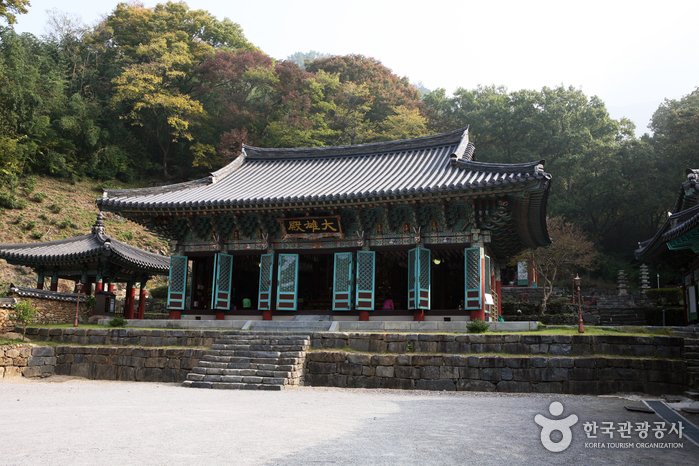
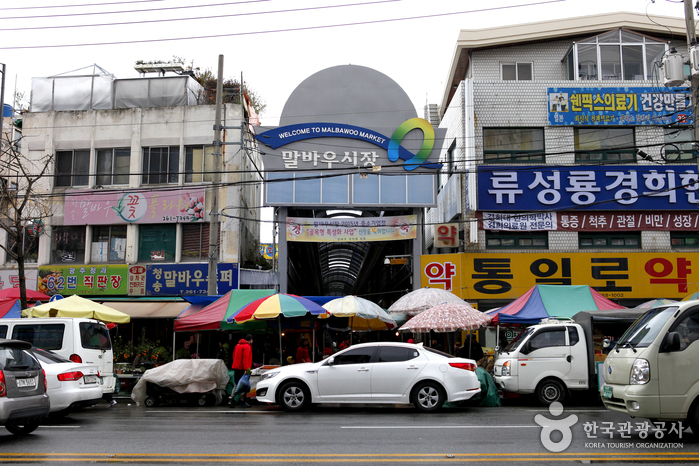

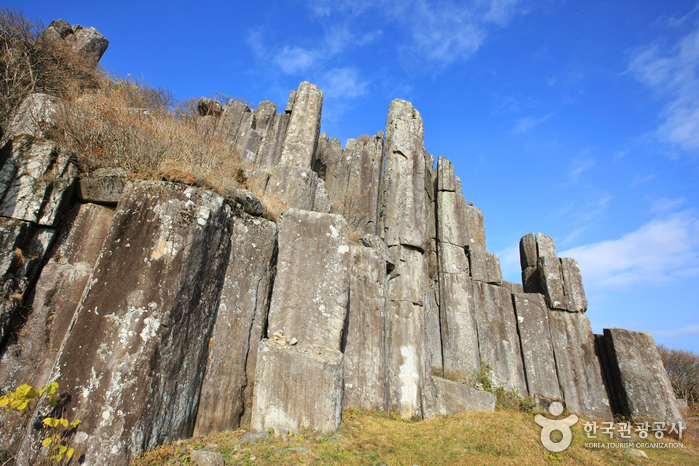
![Yeoro(Sansu-dong Hanok Experience Hall)[Korea Quality] / 여로(산수동 한옥체험시설) [한국관광 품질인증/Korea Quality]](http://tong.visitkorea.or.kr/cms/resource/74/2707574_image2_1.jpg)
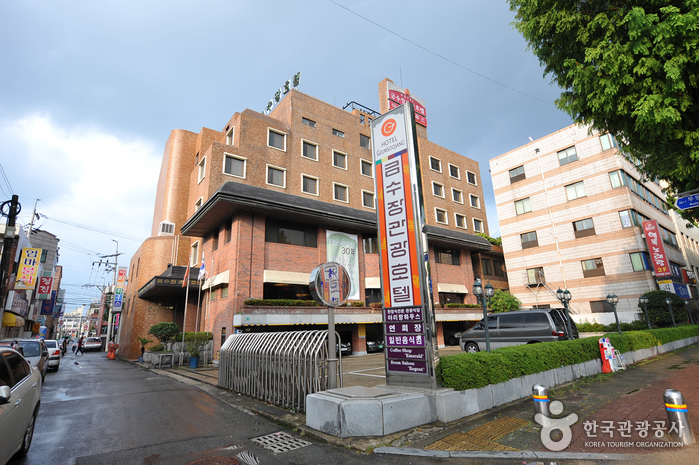

![Aritaum - Chosun Univ. Branch [Tax Refund Shop] (아리따움 조선대)](http://tong.visitkorea.or.kr/cms/resource/36/2886836_image2_1.jpg)
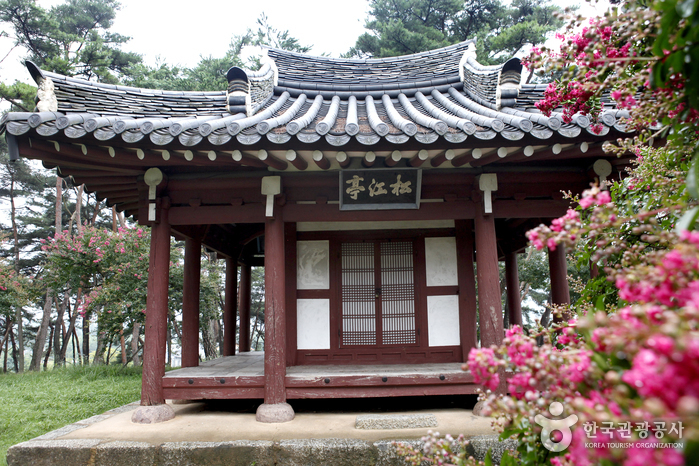
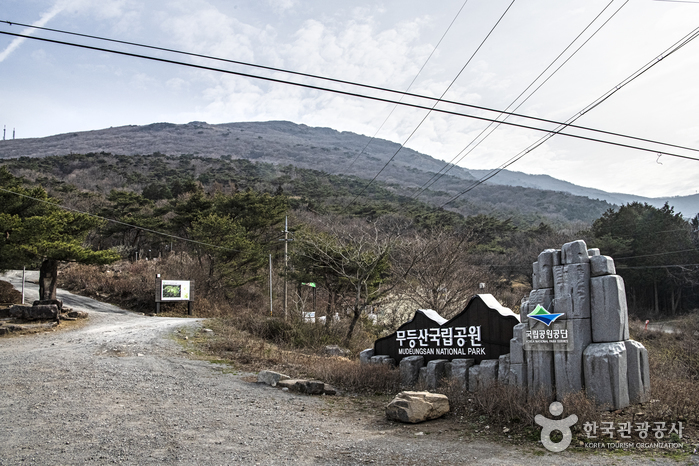
 English
English
 한국어
한국어 日本語
日本語 中文(简体)
中文(简体) Deutsch
Deutsch Français
Français Español
Español Русский
Русский